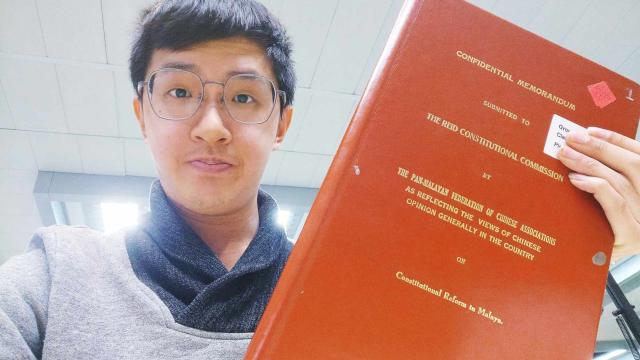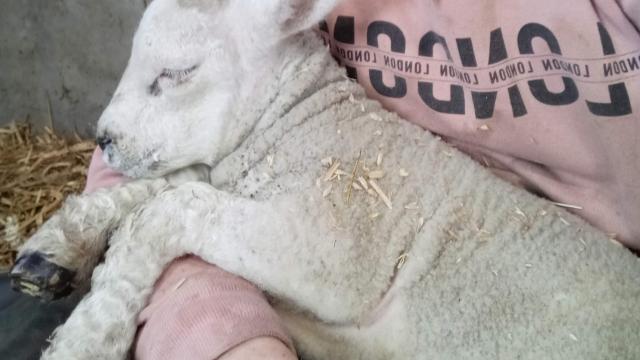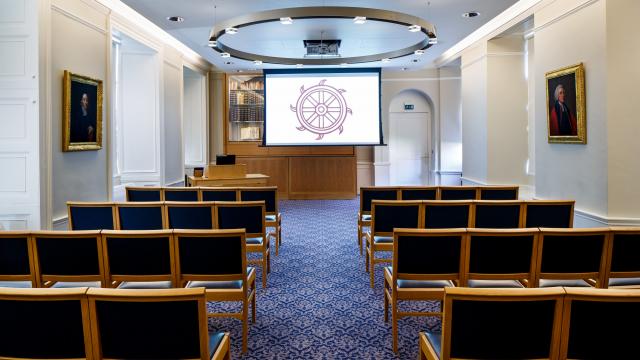
A Fellow at St Catharine’s College has led extensive new research that looks set to overturn the established model about how one type of white blood cell regulates immune responses in tissues – what was assumed to be a static part of the immune system is actually dynamic, opening the door to new treatments for a range of conditions.
Professor Adrian Liston (2023) is Professor of Pathology at the University of Cambridge and has run a research laboratory with Dr James Dooley since 2009, which relocated to Cambridge’s Department of Pathology earlier this year.
Professor Liston explains, “All of us are familiar with immune activation in our daily lives – the body’s response to injury or infection – but immune regulation is just as important to our health. A poorly regulated or hyperactive immune system can be hugely damaging, as we see in cases of flu, COVID-19, autoimmune diseases and inflammatory diseases. The team based at our laboratory have been conducting a broad range of research to learn more about the different processes and cells that are key to immune system regulation.”
Their latest findings are focused on a group of white blood cells known as regulatory T cells (Tregs) which have a role in regulating or suppressing other cells in the immune system. Over the last 10 years, scientists have established that Tregs are found not just in our blood but also throughout different tissues in the body. It is also known that Tregs play a significant role beyond controlling the immune system by enabling the body to return normal (homeostasis) and orchestrating repair and rejuvenation after an immune response.
“A decade of research has begun to establish the importance of Tregs but there is still so much we don’t know for sure. Like so many other scientists, we accepted the prevailing wisdom that Tregs travel into tissues where they remained as a static part of the immune system and specialised to their surroundings – an idea borrowed from evidence about another type of white blood cell (macrophages). We never set out to challenge this model, but our new findings indicate that these Tregs are really different from what we all thought.”
After an earlier successful study into Treg cells in the brain, the Liston-Dooley laboratory set out to complete an ambitious systematic analysis of the Tregs throughout the body, which has involved studying tissues from 48 different tissues in mice.
“It was only once we took global look at the body as a whole that it was possible to see for the first time that the Tregs in tissues are not specialised or static. In fact, they are highly dynamic and percolate throughout the body to serve different organs, moving from one place to the next as needed.
“It is exciting to know more about these important cells and potentially open up a new avenue for treating diseases – if we can find a way of boosting the number of Tregs in targeted areas of the body, then we can help the body do a better job of repairing itself or managing immune responses. We are in the early stages of planning a clinical trial to understand more about the benefits of boosting the levels of Tregs and look forward to sharing what we find.”
This work was supported by the European Research Council, the Wellcome Trust, and the Biotechnology and Biological Sciences Research Council.
Pre-print details
Burton O, et al. The tissue-resident regulatory T cell pool is shaped by transient multi-tissue migration and a conserved residency program. bioRxiv 2023.08.14.553196; doi: https://doi.org/10.1101/2023.08.14.553196




